
Herat, 8 Rabiul Akhir 1435/8 February 2014 (MINA) – The number of civilians killed and wounded in Afghanistan’s war rose 14 percent last year, with nearly 3,000 people dead as violence escalates and the US prepares to withdraw the bulk of its forces.
The United Nation’s annual protection of civilians in armed conflict report, published on Tuesday, documented 2,959 civilian deaths and 5,656 wounded in 2013. The UN said the figures are the highest since 2009, the worst year since the US invasion of 2001.
Last year was also the worst since 2009 for women and children. A total of 561 children were killed and 1,195 were injured, an increase of 34 per cent on 2012. The 746 female casualties – 235 deaths and 511 injuries – was a 36 percent increase on 2012.
Also Read: US Revokes Terrorist Designation for Syrian Hayat Tahrir al-Sham
Jan Kubis, head of the UN Assistance Mission in Afghanistan, said “more ground engagements led to more civilians being killed and injured in their homes and communities from cross-fire”, Aljazeera quoted by Mi’raj Islamic News Agency (MINA) as reporting.
Improvised explosive devices caused 34 percent of the casualties, while ground battles between pro and anti-government forces caused 27 percent. Helmand and Kandahar were the worst hit provinces.
The United States will this year pull the main bulk of its military force out of Afghanistan, leaving more responsibility to Afghan forces. The Afghan and US governments are continuing to negotiate a deal on what assistance Afghanistan gets after the US withdrawal.
For the 1,510 households living in flimsy tents 20km outside the western city of Herat, the statistics presented by UNAMA reflected their lives in neighbouring Ghor and Badghis.
Also Read: Israeli Airstrikes Hit Western Yemen Amid Rising Tensions
Caught in the crossfire between government forces and armed groups, more than 2,200 families left the two provinces for the relative safety of Herat four months ago.
Describing the central province of Ghor, home to more than 130 armed groups, Golboddin, 18, said: “Home-to-home, village-to-village there is fighting everywhere.”
“The government would look at us and say, ‘you’re Taliban’. The Taliban would say, ‘you’re with the government’,” said Dorkhanai, who left Badghis four months ago.
In a July statement, General Sharafudin Sharaf, the provincial police chief, cited more than 20 “active” armed opposition groups in Badghis.
Also Read: Turkiye Denies $393.7 Million Export Claims to Israel, Calls Reports ‘Disinformation’
Hours before the publication of the UN figures, local media reported the kidnapping of hundreds of families in Badghis by the armed opposition.
Speaking to Pajhwok, a local media service, Syed Anwar Rahmati, the provincial governor, said of the 6,500 armed individuals in Ghor, at least 3,500 claimed to belong to the Taliban.
Western zone
 In November, three people, including two women, were killed after being caught in the crossfire of gunmen belonging to rival illegally armed groups. Another seven were injured in the fighting.
In November, three people, including two women, were killed after being caught in the crossfire of gunmen belonging to rival illegally armed groups. Another seven were injured in the fighting.
Also Read: Turkish and Iranian Presidents Meet in Azerbaijan
Those casualties, between Doliana and Shahrak districts, came a week after the UN had issued a statement that the 736 deaths in Herat, Farah, Ghor and Badghis provinces, in the first 10 months of 2013 represented a 60 per cent increase for the Western zone.
Omar Gol, who also fled Ghor, said that the only place he and his family felt safe was high atop the Hindu Kush mountains.
“At least there we were free from the rockets and gunfire, but how long can you live in the mountains?”
Though the families at the Sahadat Camp in Herat feel neither the government nor NGOs are doing enough for them – many complained being moved to the site outside the city last month has left them susceptible to the cold and devoid of financial prospects – they know that just being in Herat has already made them potential targets for the armed opposition back home.
Also Read: Iran Reaffirms Commitment to Uranium Enrichment
“If the Taliban stop us along the way they will say we had accepted services from the government and shoot us”, Dorkhanai said on the possibility of returning to Badghis.
Golboddin, who had attended school until leaving Ghor, said in a province where local strongmen intimidate education officials into appointing teachers loyal to them, even schools are not exempt from the local power struggles.
“The Taliban would stop you and ask why you are studying. We were under threat for going to a school where the teacher was barely more literate than me.”
(T/P04/E01)
Also Read: Israel Breaks Ceasefire, Launch Deadly Strike on Lebanon
Mi’raj Islamic News Agency (MINA)









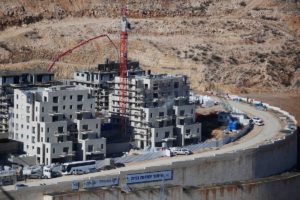
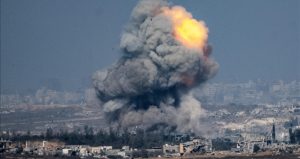
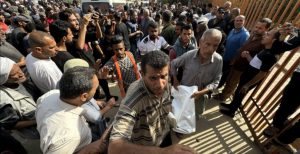

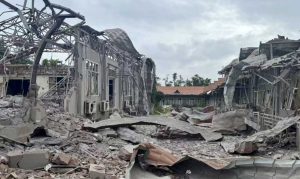




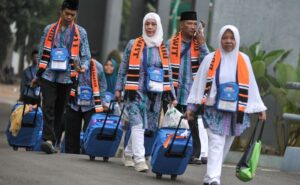
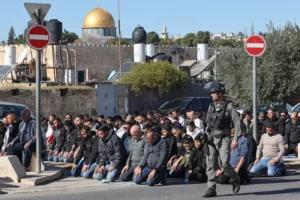
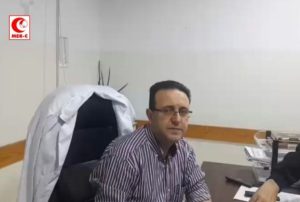


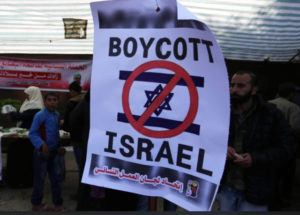
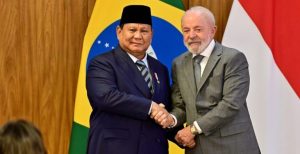
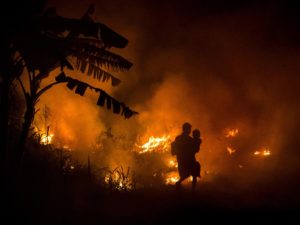



 Mina Indonesia
Mina Indonesia Mina Arabic
Mina Arabic